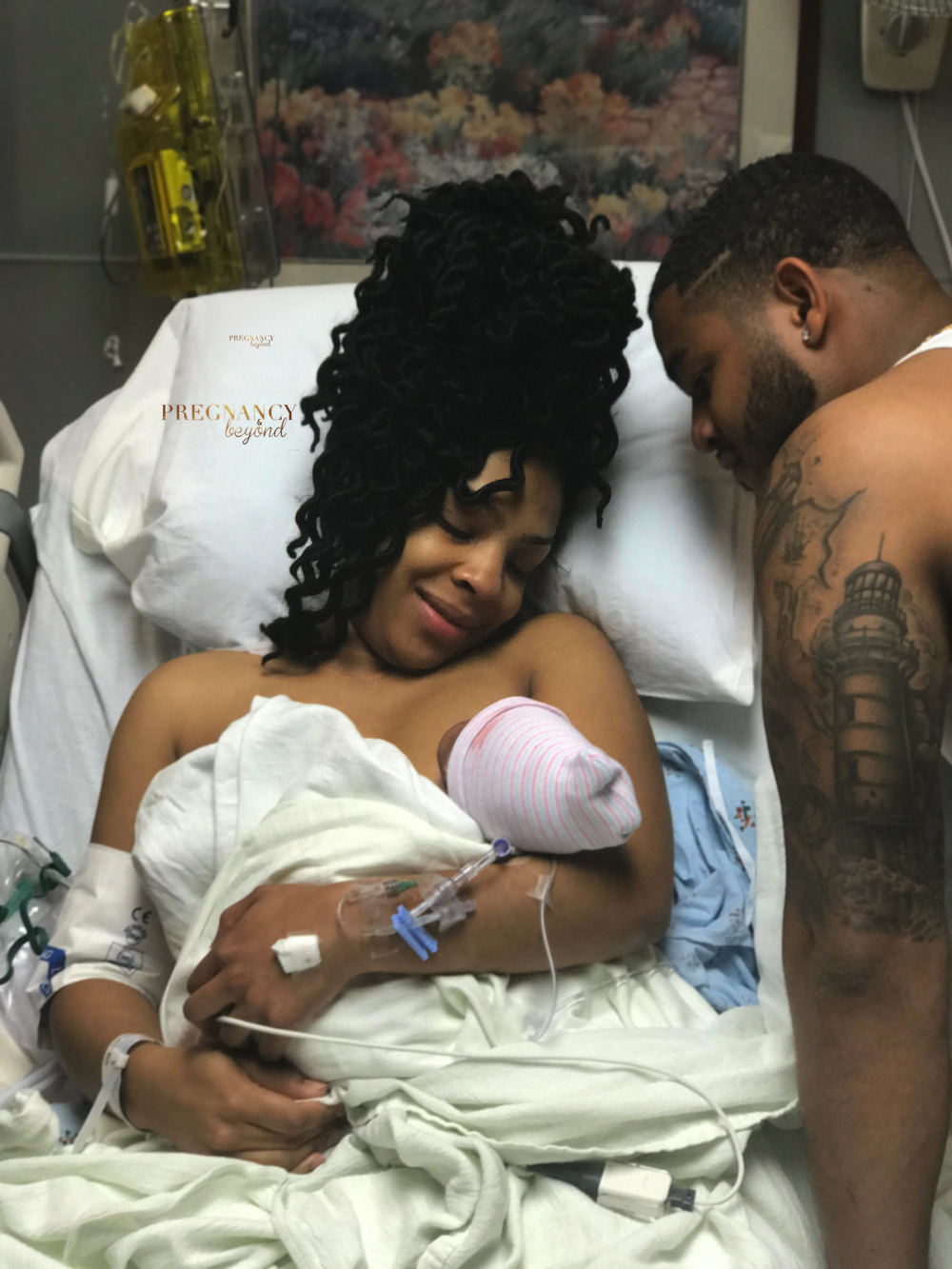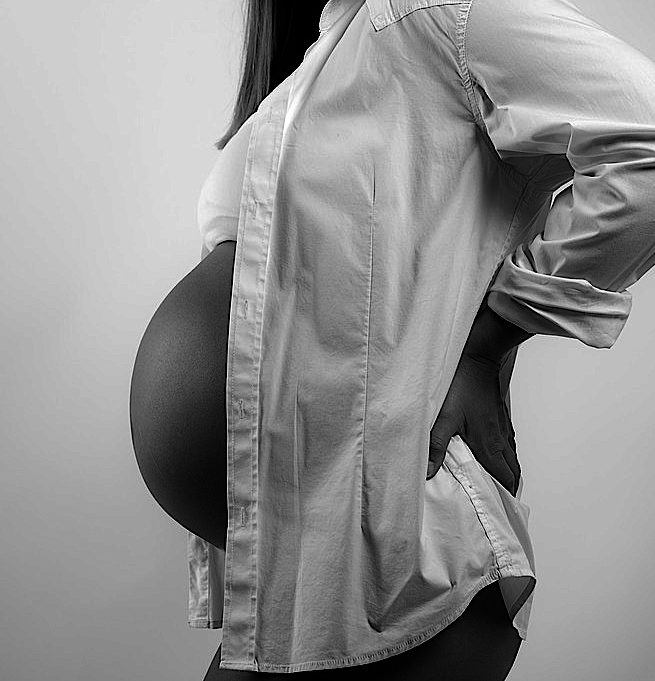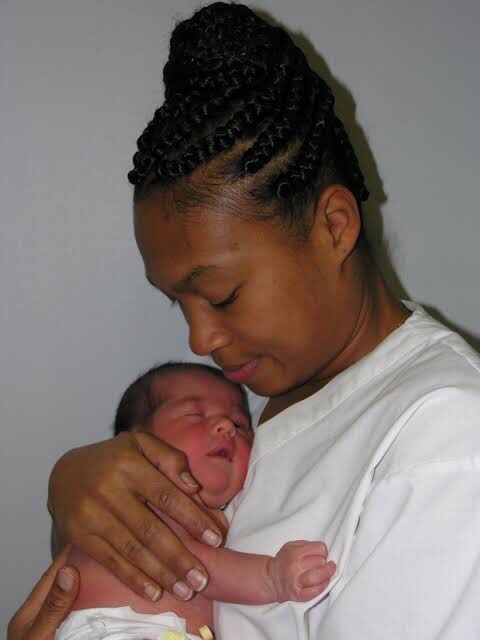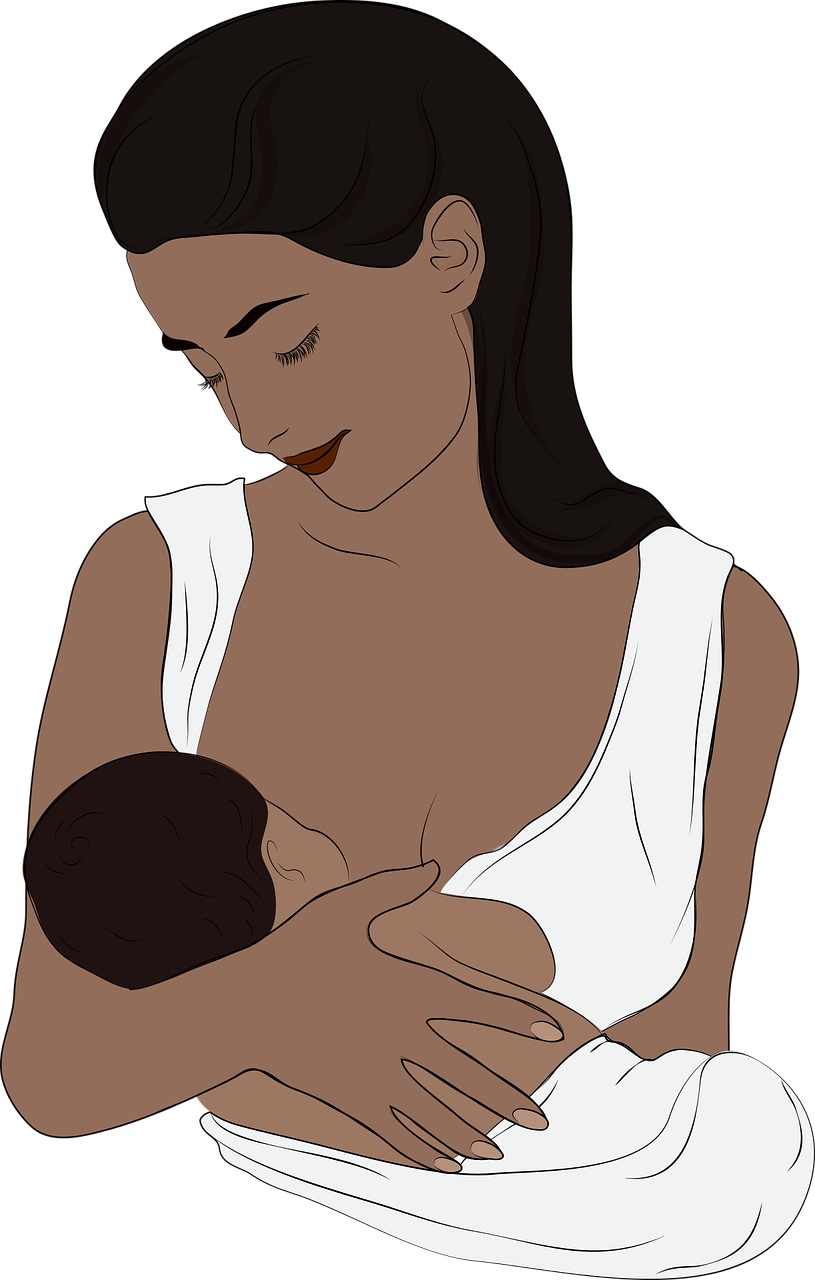
Mastitis
Mastitis – Causes, Symptoms, and Treatment By Milky Mommas.
Mastitis is the clinical term for breast infection.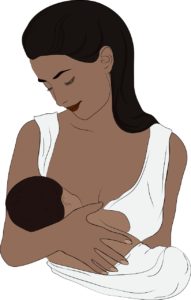 Whenever a lactating woman experiences flu-like symptoms, she should consider the possibility of mastitis, contact her provider, and begin measures to treat / prevent mastitis.
Whenever a lactating woman experiences flu-like symptoms, she should consider the possibility of mastitis, contact her provider, and begin measures to treat / prevent mastitis.
Symptoms of mastitis include:
- Localized tenderness of breast
- Localized heat or red streaks on breast
- Fever
- General sick feeling
- Sometimes nausea and vomiting
Common causes of mastitis are:
- Infrequent feedings or scheduled feedings
- Missed feedings
- Poor milk removal due to latch issues
- Illness in mother or baby
- Oversupply
- Rapid weaning
- Plugged ducts and/or blebs
- Pressure on the breast that restricts milk flow (like tight clothing)
- Cracks in the nipple that allow bacteria to enter and infect breast tissue
- Maternal stress and fatigue
How is mastitis diagnosed?
- Mastitis is usually diagnosed based on symptoms.
- Lab tests and diagnostics are not routinely needed or performed for mastitis unless there are repeat infections.
- Your OB or PCP can diagnose and treat mastitis.
How is mastitis treated?
- The most important step is frequent and effective milk removal (at least every two hours).
- Breastfeed as frequently as possible, starting on the affected breast.
- If it hurts too much to start on the affected breast, it might help to start on the unaffected breast and switch sides as soon as letdown happens.
- Position the baby at the breast with chin or nose pointing to the blockage to help drain the affected area.
- Gentle massage may also help remove milk. Massage should be directed from the blocked area toward the nipple.
- After feeding, pumping or hand expressing may help remove more milk and speed recovery.
Should I continue to nurse if I have mastitis?
- Yes! Frequent and effective milk removal is key, and nothing is more effective at removing milk than a baby.
- Mothers who can’t continue breastfeeding when they have mastitis, for whatever reason, should pump or hand express at least every two hours because stopping cold turkey leads to a greater risk of abscess than continuing to feed.
What should I do while recovering?
- Rest. If possible, take baby to bed for a nursing vacation.
- Hydrate. It’s important to drink plenty of clear liquids to help your body produce plenty of milk to flush the infection.
- Ask your provider if an NSAID may be right for you, to relieve pain and inflammation.
Do I need antibiotics?
- It depends. Contact your provider at the first signs of mastitis and ask what they advise.
- If symptoms are mild, many breastfeeding experts advocate treating conservatively at home for the first 24 hours.
- If symptoms do not improve in 12-24 hours or you are acutely ill, experts agree antibiotics should be started.
- Your HCP will help you decide which approach is best for you and your circumstances.
What kind of at-home treatments may help relieve mastitis symptoms and hasten recovery?
- Nurse, pump, and/or hand express as much as possible (at least every two hours)
- Rest and hydrate
- Your provider may recommend an NSAID to relieve pain and inflammation
- Hot shower
- Moist or dry heat, whichever feels better
- Epsom salt soak
- If inflammation is severe enough to inihibit milk flow, it may be helpful to apply ice for a few minutes before nursing or pumping
- Gentle massage or pressure from behind the clogged area toward the nipple (use in moderation because massage can make inflammation worse)
- Stroke gently from behind the clog toward the nipple with a comb or plastic bristled brush
- If you have a visible bleb or milk blister, notify your provider and ask what s/he would advise
Which antibiotics are commonly prescribed for mastitis?
- Dicloxacillin
- Flucloxacillin
- First-generation cephalosporins
- Cephalexin
- Clindamycin
- If an antibiotic is needed, your provider will prescribe one that’s appropriate for you.
- Breastfeeding compatibility can be verified at http://toxnet.nlm.nih.gov/newtoxnet/lactmed.htm, via the MommyMeds app, or by calling the InfantRisk hotline Monday – Friday, 8 am – 5 pm, CST, at 806-352-2519.
How soon should I start to feel better?
- Improvement is usually rapid and dramatic.
- If symptoms don’t resolve in several days with appropriate management, including antibiotics, you should call and notify your provider.
ALSO READ: Successful VBAC Tips – How To Prepare For VBAC
What can I do to avoid mastitis in the first place?
- Feed on demand.
- Get a good latch.
- Learn to hand express so you can always empty your breasts, no matter what the circumstances.
- Be on the lookout for signs of milk stasis (milk that is not leaving the breasts). Check for lumps, pain, or redness.
- If you notice any signs of milk stasis, be quick to completely empty the breast, increase the frequency of feedings, and rest and hydrate.
- Call your healthcare provider at the first signs of mastitis and ask what they advise.
- Practice good hand hygiene.
- Disassemble and wash pump parts thoroughly between uses (may be refrigerated for up to 24 hours) and air dry.
This article is by MilkyMommas . Milky Mommas is a global community dedicated to helping women meet their breast milk feeding goals by providing real-time online support and current evidence-based information.
Follow Pregnancy & Beyond on Instagram, Facebook and Twitter

